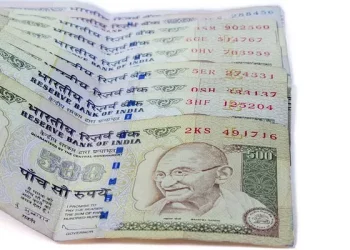The British Pound, like any other currency, experiences fluctuations in its value against other currencies over time. The weakest the pound has ever been relative to the US dollar was on October 7, 2016, when it fell to a 31-year low of $1.1491. This decline was largely due to the uncertainty surrounding the outcome of the Brexit referendum, which had taken place earlier in the year.
The pound also experienced a significant decline against the Euro during the same period, falling to its lowest level in over three years. On October 11, 2016, the pound hit a low of €1.0925 against the Euro.
It’s worth noting that the value of the pound is influenced by a wide range of factors, including economic indicators such as inflation and interest rates, as well as political events such as elections and referendums. As a result, it’s difficult to predict exactly how the pound will perform in the future.
Since the October 2016 lows, the pound has regained some of its strength, although it still remains vulnerable to fluctuations based on economic and political developments. Investors and traders closely monitor these factors to determine the best time to buy or sell the currency in order to maximize their returns.

























